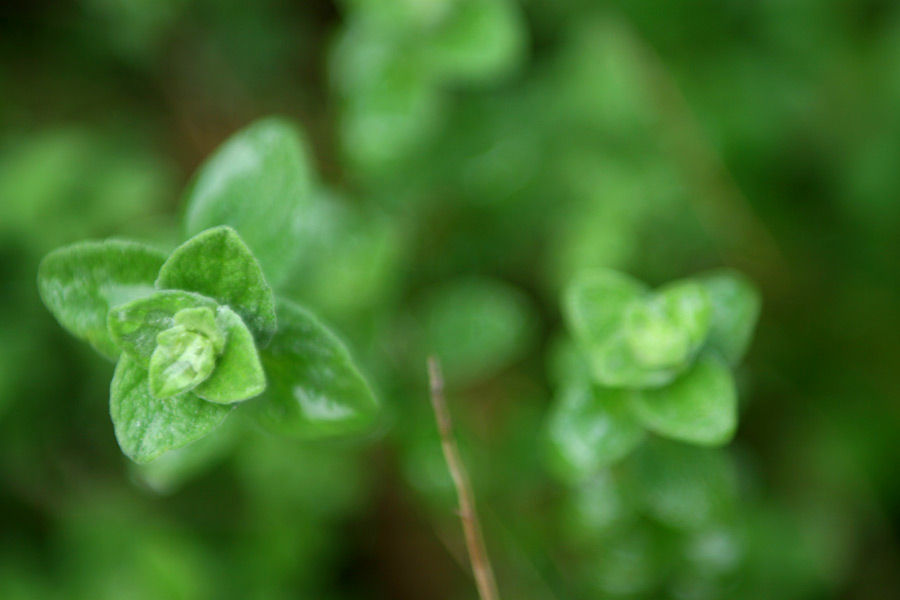Finding Your Drishti
- Dr. Penny Lane

- Jan 24, 2021
- 3 min read
My youngest son has some deficit in his proprioception and vestibular systems, so he doesn't become dizzy. In fact, when the occupational therapist was testing his abilities and challenges, the momma bear in me was on high alert. The therapist put him on a spinning table and spun him far longer than I could bear to watch, asking him to then get up and touch a spot on the wall, repeating the spinning again, and then walking him across the room, none which he struggled with what-so-ever but I couldn't help but feel he was being tortured.
His body simply doesn't try to correct itself when out of balance so he has no sense of imbalance. I would be the polar opposite of this. Maybe this stems from my having been a gymnast for many years in my youth? It may even be somewhat related to the yoga I have engaged in my forties, but I have a fairly good sense of balance so that when I am out of balance, such as in the back seat of the car, I can become quite ill. As yoga instructors, we teach our students to find their #drishti. Find a point on the wall to ground yourself, focus on it, and let your body balance itself.
While on the mat or the balance beam, I always felt quite balanced, I can't say that I always felt this off the mat. I've struggled to balance my work and my life responsibilities. I've struggled to #balance self-care with the care of others. I've even struggled to protect myself within relationships that were less than stellar. I lacked an personal equilibrium. I've wobbled in love, in my work, in my family, with my commitment to myself - which made me doubt myself, lose trust in myself.

I had to really dig in and find my true self and my balancing point - which initially came through talk therapy, EMDR, and #journaling. Then I added watercoloring, yoga, and ultimately hiking. When the world is spinning out of control, a hike can reset my axis points with relative ease.
Drishti isn't just a matter of finding an external point against which to balance your body though; there are many. In yoga, there is the Nasagra drishti which focuses on the end of one's nose. This is helpful during backbends or forward folds. Hastagre drishti focuses on your hand in poses such as Virbhadrasana I (Warrior Pose I) or Utthita Parsvokonasana (Extended Side Angle Pose), like the pose in the image above. There is also the Bhrumadhya drishti which is more inward facing, the third eye.
Focusing on a drishti helps steady the concentration and control your withdraw, your pratyahara. As you softly focus your gaze on this balancing point, you'll find it is actually drawing you inward. You look beyond your body in order to withdraw into it. Your spirit becomes grounded through the act of surrendering to your own instability.
For some people, the beach or ocean is very stabilizing, or grounding. They find their center when sitting by the water. For others, painting or creating can be their safe place, their center point of focus. For me, it is nature. It seems that in spite of the great chaos surrounding me, in nature, in the woods - I find myself again. Each fall reminds me that the trees let go, and turn inward, trusting that next spring, they will be ready to bloom yet again. They will share this bounty with us, from their overflow, because they took the time to turn in and balance themselves. Pulling away to focus seems essential once one has experienced the effect. In fact, it is essential on a very regular basis so that we aren't finding ourselves being tortured in a tailspin. Have you found your drishti?

Comments